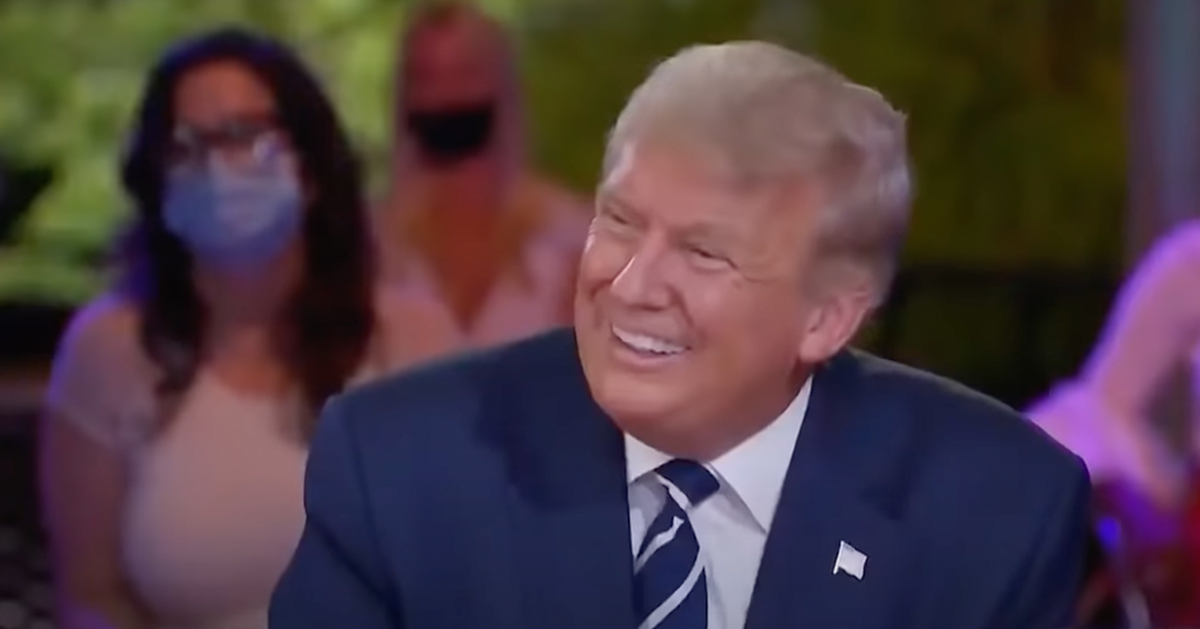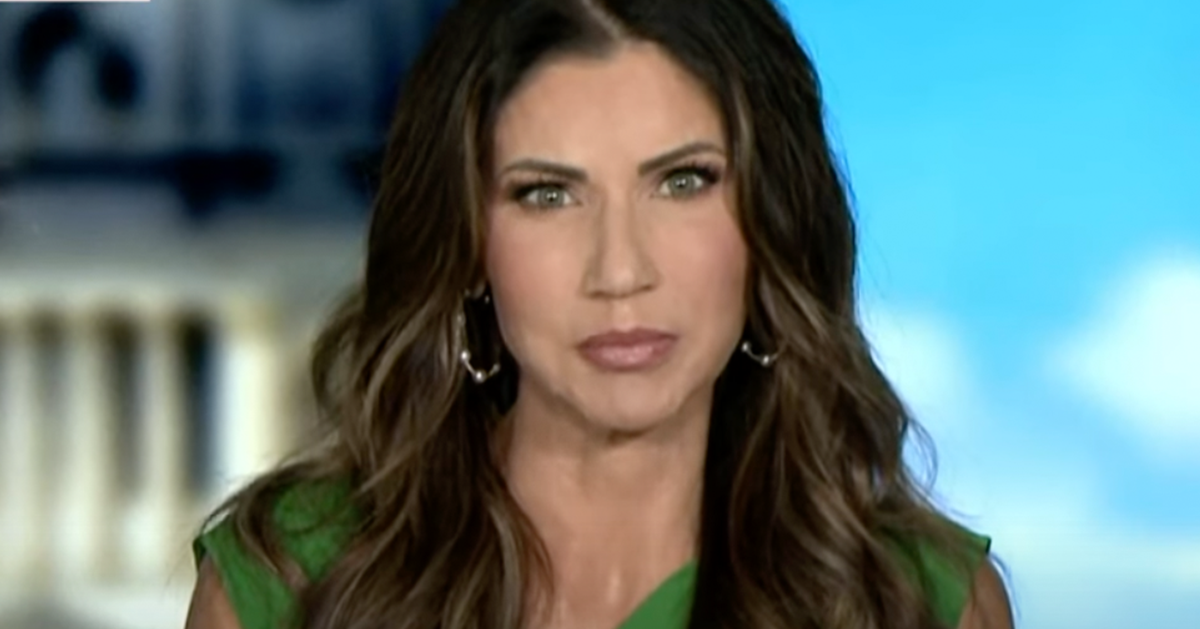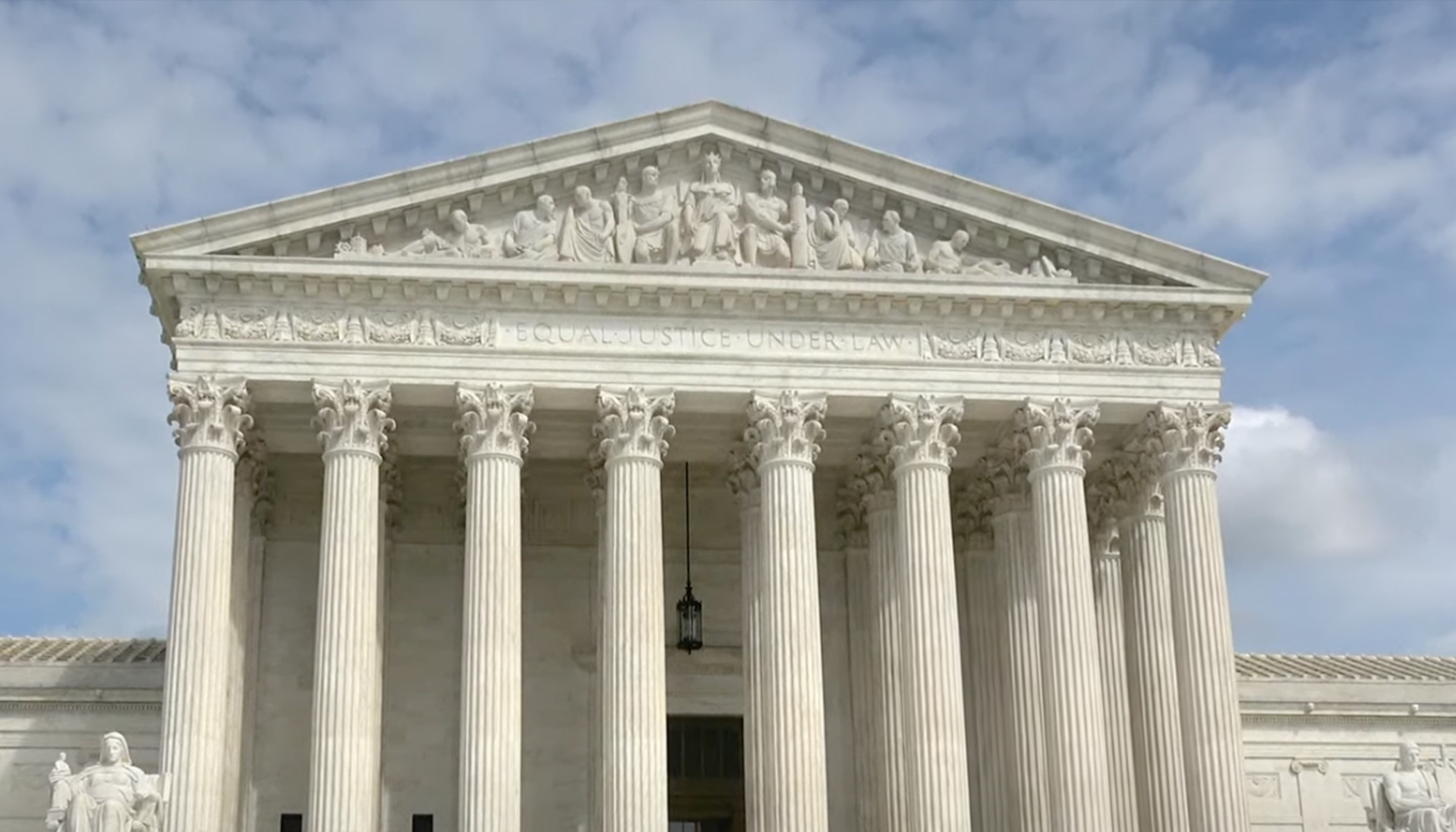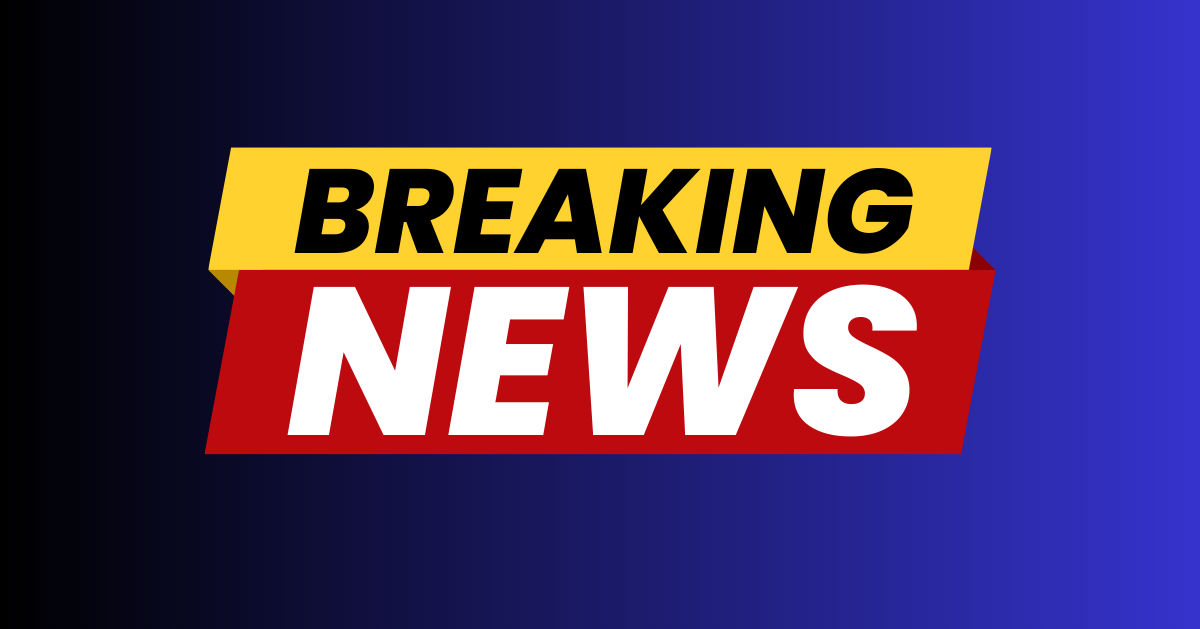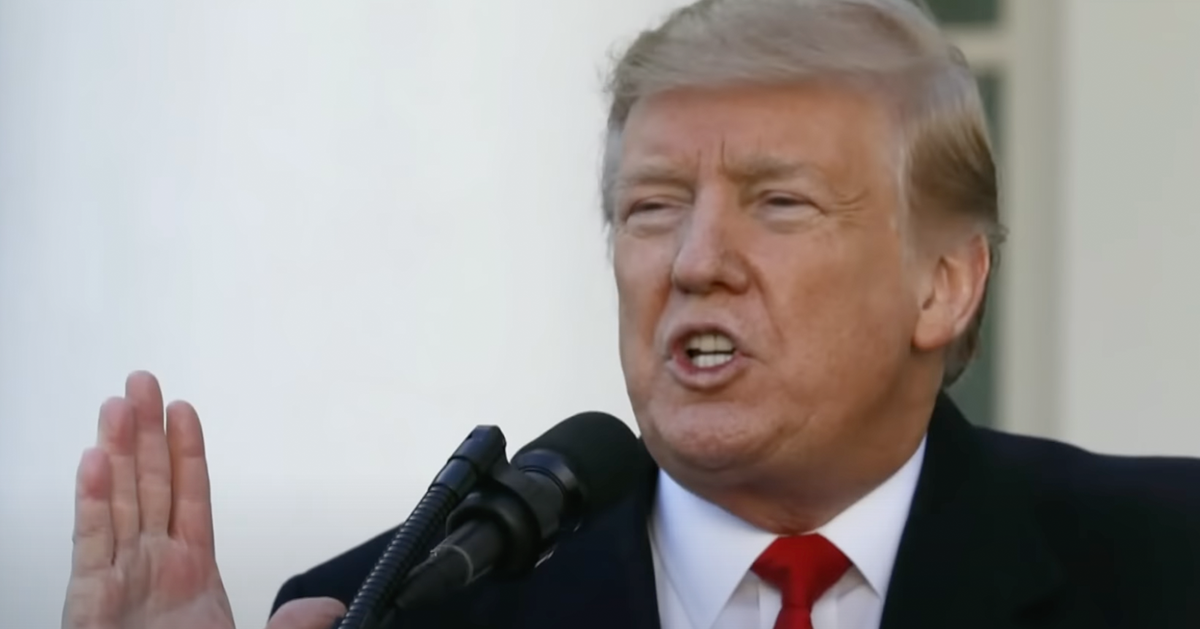Secret Service Chief Confirms Police Presence in Building from Which Trump Shooter Fired
A top administration official has acknowledged police presence inside a building from which an attempted assassination on former President Donald Trump was executed.
In a recent ABC News interview, Secret Service Director Kimberly Cheatle acknowledged a grave security breach involving an attempted assassination on Donald Trump and confirmed distressing details about how the situation unfolded, as Breitbart reports.
The incident took place on July 13 and was followed this week by an interview in which Director Cheatle provided insights into the security arrangements. Local law enforcement had been tasked with securing the perimeter of the building from which the would-be assassin, known only as Crooks, launched his attack.
During the interview, Cheatle revealed that both local and federal security forces were involved in the protection of the site. The local police were specifically assigned to manage the outer perimeter of the building, while the Secret Service focused on the inner layers of security.
Collaboration Between Agencies Highlighted
ABC News reported that the arrangement was part of a collaborative security protocol. The Secret Service and local law enforcement often share responsibilities during high-profile visits, with each entity playing a crucial role in the overall safety strategy.
This shared security approach was put to the test when Crooks managed to position himself within the supposedly secure building. According to Cheatle, there was a significant police presence within the building that unfortunately did not prevent Crooks from taking his position and firing at Trump.
The Associated Press provided further details about the encounter. A local police officer had come face-to-face with Crooks on the roof of the building. When Crooks pointed his rifle at the officer, the officer retreated, allowing Crooks to take his shot at the former president.
Secret Service Sniper Acts Decisively
The tense situation escalated rapidly as Crooks fired his weapon. Fortunately, the response from a Secret Service sniper was swift and decisive, effectively neutralizing the threat posed by Crooks before he could inflict any harm.
Cheatle's comments during the interview shed light on the procedural aspects of the incident. She emphasized the collaborative nature of the security arrangements but acknowledged the gaps that allowed the shooter to exploit the situation.
"In this particular instance, we did share support for that particular site, and the Secret Service was responsible for the inner perimeter. And then we sought assistance from our local counterparts for the outer perimeter. There was local police in that building -- there was local police in the area that was responsible for the outer perimeter of the building," Cheatle explained in the interview.
Director Cheatle Takes Responsibility
Despite the successful intervention by the Secret Service sniper, the incident raised questions about the effectiveness of the shared security strategy. Cheatle took personal responsibility for the shortcomings that led to the incident.
Cheatle stated that while the "buck stops" with her, she will not resign, expressing her commitment to learn from the incident and strengthen security protocols. Her refusal to step down points to what she says is her determination to directly address and rectify the issues within the current security setup.
The incident has sparked a broader discussion on the need for enhanced coordination and perhaps a reevaluation of the roles and responsibilities assigned to different law enforcement entities during high-stakes security operations.
Impact on Security Protocols Expected
The revelation that police were inside the building yet unable to prevent the assassination attempt has led to a call for stricter security measures and better integration of local and federal forces during critical events.
This incident will likely serve as a case study for future security operations, with an emphasis on preventing similar breaches and enhancing the collaborative efforts between local and federal agencies.
Cheatle's open discussion about the incident not only highlights the challenges faced in security management but also sets the stage for potential reforms in how high-profile security is handled in the United States.
Review of Security Collaboration to Follow
As the investigation into the incident continues, more details are expected to emerge that will help shape future security protocols. The lessons learned from this near-tragic event will influence not just the Secret Service but also local law enforcement agencies tasked with similar responsibilities.
The focus on shared responsibility and the acknowledgment of the lapses, in this case, will hopefully lead to significant changes in how security details are managed during high-profile visits, ensuring more rigorous standards and better protection for key figures.
In conclusion, the incident involving the attempted assassination of Donald Trump has exposed significant vulnerabilities in the collaborative security arrangements between the Secret Service and local law enforcement. The ongoing review of these protocols is expected to lead to enhanced measures that will prevent such breaches in the future.

